Building of the Day: 108-112 Willow Street
Brooklyn, one building at a time. Name: Row houses Address: 108-112 Willow Street, between Clark and Pierrepont Streets Neighborhood: Brooklyn Heights Year Built: 1880 Architectural Style: Queen Anne Architect: William Halsey Wood Other buildings by architect: Yaddo, in Saratoga Springs, Carnegie Free Library of Braddock, PA Landmarked: Yes, part of Brooklyn Heights HD These are…

Brooklyn, one building at a time.
Name: Row houses
Address: 108-112 Willow Street, between Clark and Pierrepont Streets
Neighborhood: Brooklyn Heights
Year Built: 1880
Architectural Style: Queen Anne
Architect: William Halsey Wood
Other buildings by architect: Yaddo, in Saratoga Springs, Carnegie Free Library of Braddock, PA
Landmarked: Yes, part of Brooklyn Heights HD
These are among my favorite houses in Brooklyn Heights. Part of the reason is because I love terra-cotta, and these houses are festooned with it, all used in delightful ways and forms.
The other reason, which is really the cake, while terra-cotta is the icing, is the massing of shapes and materials. All three of these houses are quite different, yet join together as a unified group, almost as one very large rambling, English style Arts and Crafts city home.
Number 112, at the left, is the largest at a wide 27×84. The other two are much smaller, 110 is 18×73, while 108 is 18×64. The middle house is the most traditional and straightforward, but the two on the end are gems, especially 108, with its top floor half turret with small windows, and adjacent balcony.
During the summer, the entire group is so covered by the trees in front, it’s impossible to get great photos, but for the residents, must provide cool breezes and additional privacy.
William Halsey Wood was one of those architects who may have achieved greatness, had tuberculosis not cut him down at the age of forty-one, in 1897. He was born in Newark in 1855, and studied architecture in England, an experience that greatly influenced his design.
Most of his career was spent in designing churches. He was devoutly High Church Episcopalian, and his commissions were for the same, ornate, almost Roman Catholic structures that still are very Anglican in design. He designed over 30 churches and parish houses in the New York area, plus a couple further afield, all but four of them for the Episcopal Church.
His residential buildings were usually high-end homes, three of them making the cut, with the likes of McKim, Mead and White and other turn of the century architects, in a book called Artistic Country Seats, by G.W. Sheldon, an 1886 homage to expensive homes.
(reprinted by Dover) He designed several homes in Park Slope, on Lincoln Place, alas gone, as well as these homes on Willow Street. These were built for Spencer Trask, and may have been for the extended Trask family. Wood also designed Trask’s summer home in Saratoga Springs, called Yaddo, now a well-known artist and writer’s retreat.
His best known building is one that was never built; he was one of four finalists chosen to design Manhattan’s St. John the Divine Cathedral. He was sure he would get the commission, but in the end, it went to Heins & LaFarge, a loss Wood was said to never have gotten over.
He was a very gifted architect, and is seen by architectural historians as a bridge between the revival periods of the late 1800’s and the modernists of the 20th century. Had he lived longer, who knows what he might have come up with?
[Photos by Suzanne Spellen]








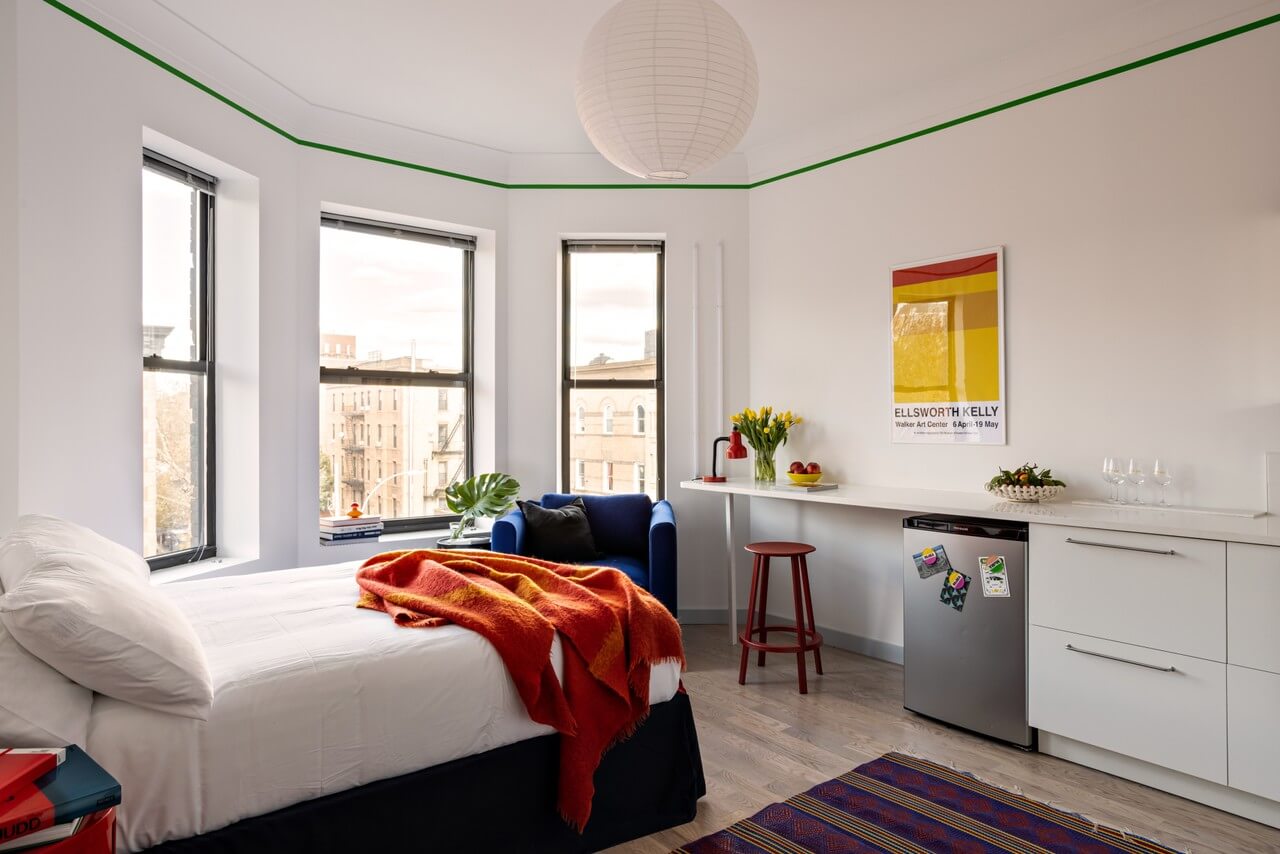
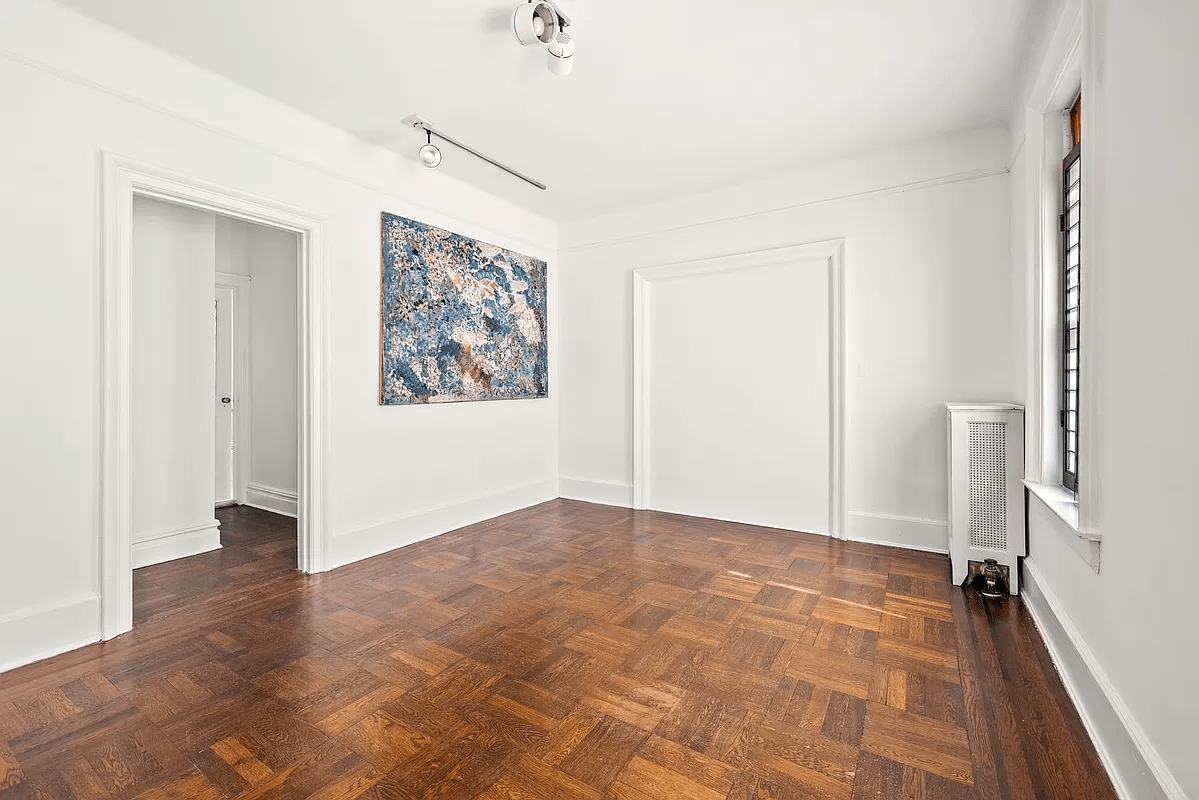
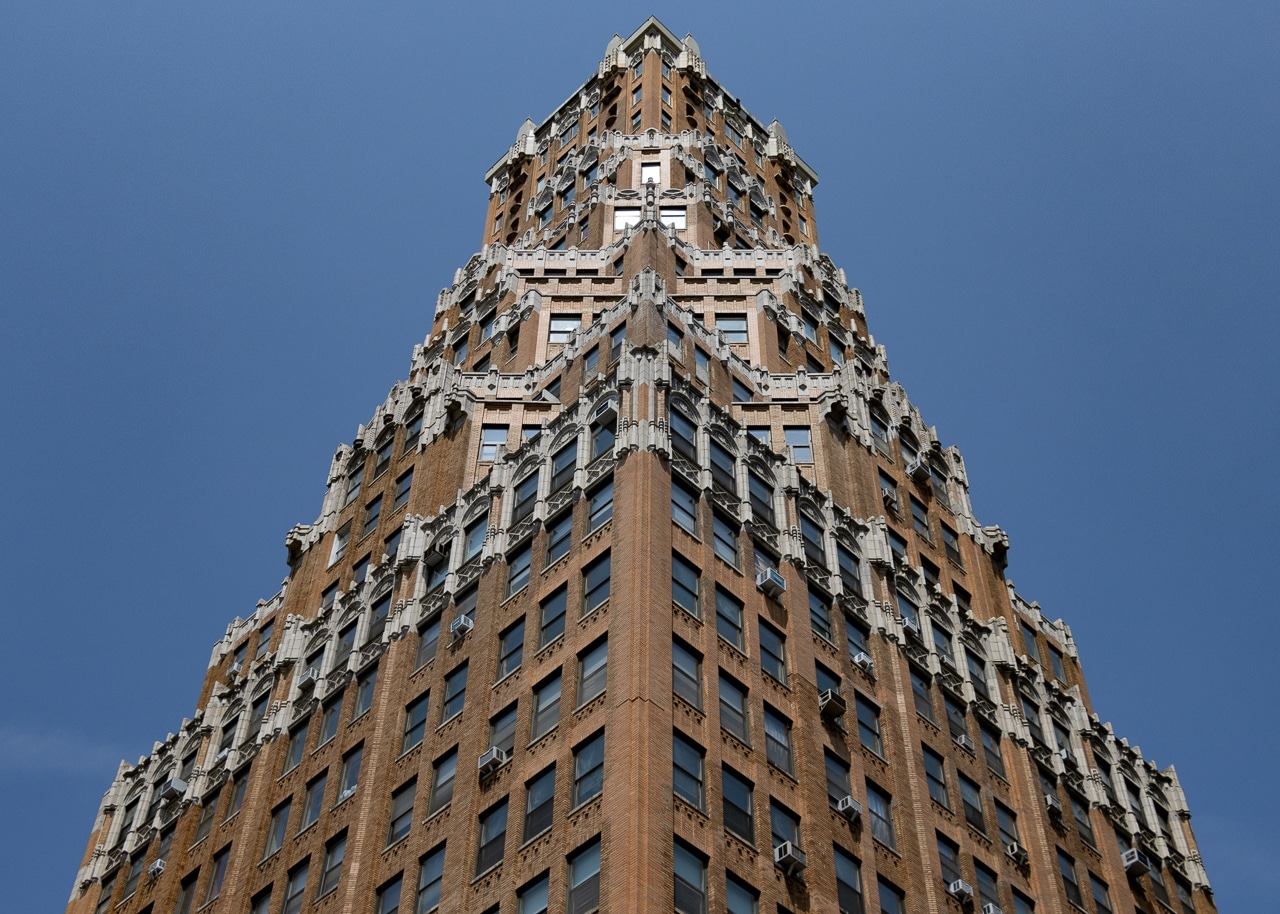
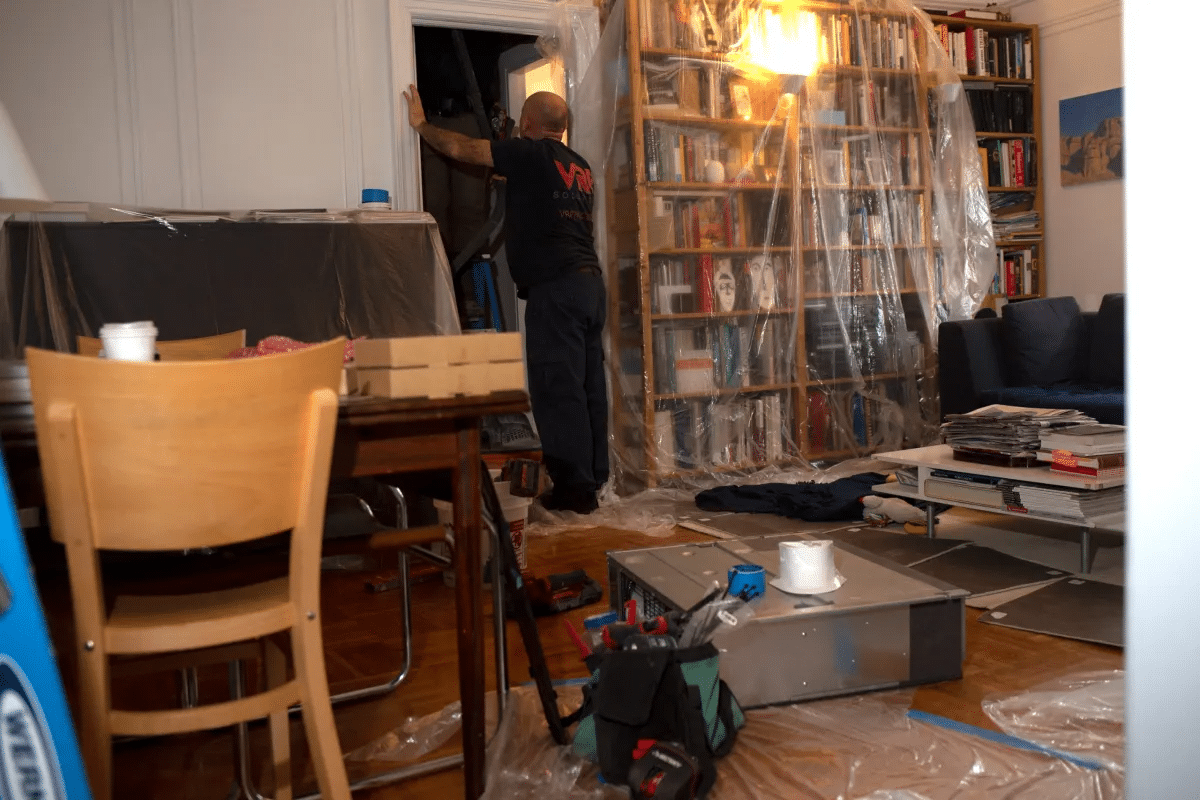



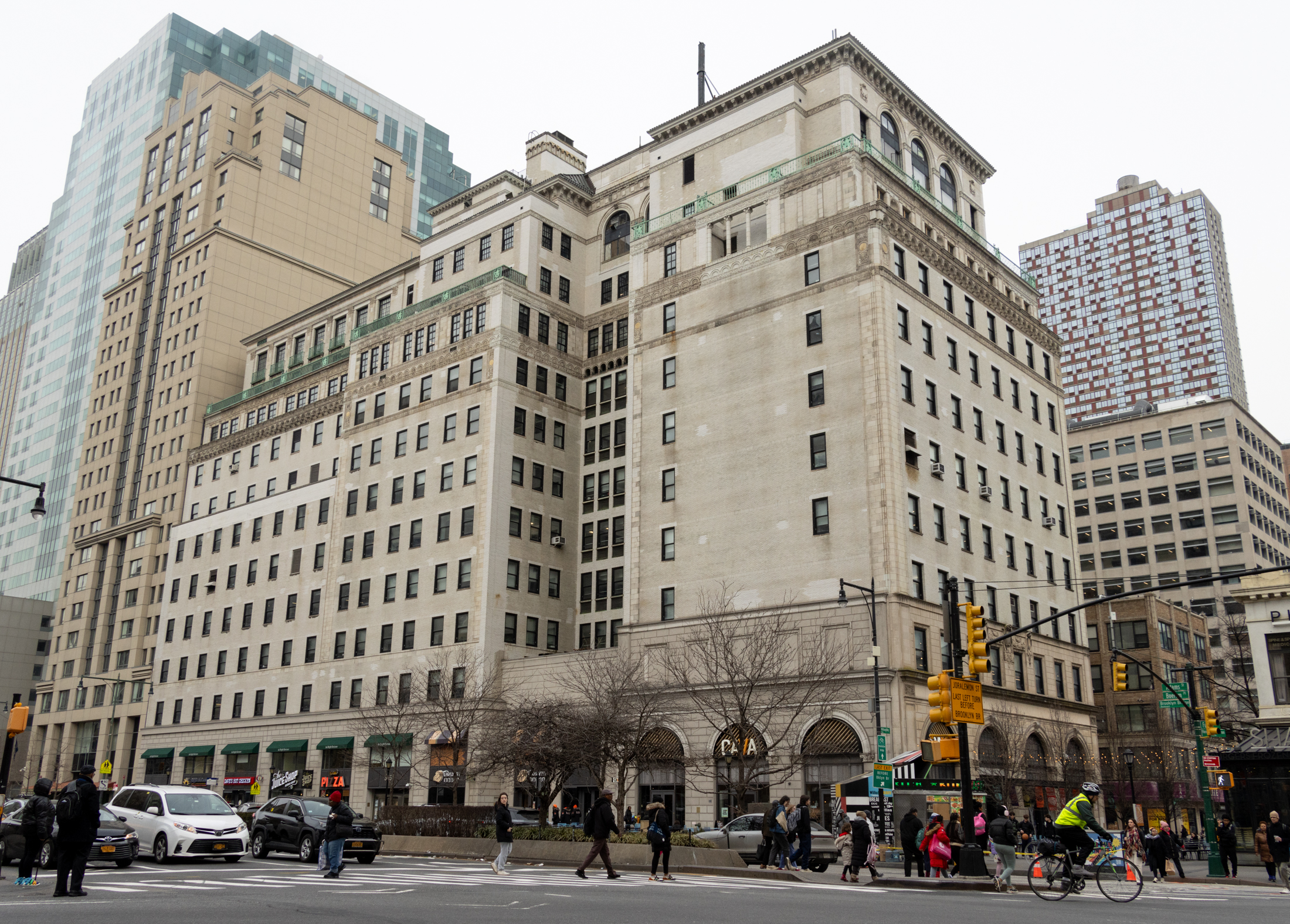
Lower, what you are describing is illegal in Mississippi, even if they are all adults.
c
If you’re looking for names to grab on to, I suggest you pay a visit to Ridgewood where the patrician Madison and Jefferson of Bed Stuy, after kinking 45 degrees and romping through Bushwick, collide with the likes of Knickerbocker, Wyckoff and Onderdonk.
LowerUWesider, thank you for springing to my defense. I still say there are a gajillion more Italiante-etc. brownstones in Brooklyn that Queen Anne ones.
LowerUWesider, I am in awe that you can have a mental image of two numbered streets, viz. 9th, between 7th and 8th. I am completely at sea* in Park Slope, very little to grab on to, nomenclature-wise. Now “Herkimer”, that’s a name.
C
*That makes sense, since it’s next to Nantucket.
MM, I definitely agree that the term “Queen Anne†is broad enough to pick up a whole bunch of styles. I was thinking of houses that look more like your BOTD and less like most of the ones lining streets of Crown Heights, Bed Stuy and Park Slope. Gilbert, Chappell, Tubby – to me, their work seems more Richardsonian Romanesque than the Queen Anne I had in mind.
Right now, the only row I can think of that fits my mental image is in Park Slope on the south side of 9th Street between 7th and 8th Avenues (roughly house numbers 466-486). I’m not sure what makes those houses seem more “Queen Anne†to me. Maybe it’s the patterned red brick. Maybe it’s the interplay of slate mansard roofs and steeply pitched gables. Or maybe it’s the spikey wrought iron ornament. I can’t quite put my finger on it, but there’s something about that row that seems almost western (think Denver) and to me seems more “typically” Queen Anne. It’s that particular style that seems fairly rare in Brooklyn but is pretty common in southern and western cities and also dominates most of Commonwealth, Marlborough and Beacon in the Back Bay (something like 25 square blocks). I was just wondering why that style didn’t make more of a splash here. Mr. Gray’s explanation of “no room at the inn” may very well be the answer.
Ah. Next to Nantucket. I’ve got it now.
Well, I think there are Queen Anne’s and then there are Queen Anne’s. It’s such a catch-all phrase for anything that doesn’t fit into any other category. It’s worked for me more than once.
I have to disagree that there aren’t that many, though. Bed Stuy, Crown Heights North, Clinton Hill and Park Slope are awash in Queen Anne, some buildings exuberantly so, like these, others classified as such just because. CPH Gilbert and George Chappell’s work comes to mind.
Brooklyn’s the one you get to by a ferry. Everyone knows that.
Wait – is Brooklyn the one you get to by tramway? Or is that Hoboken?
Mr. Gray;
Be careful when Minard starts out “with all due respect”.
I love this series. Look forward to it every day.